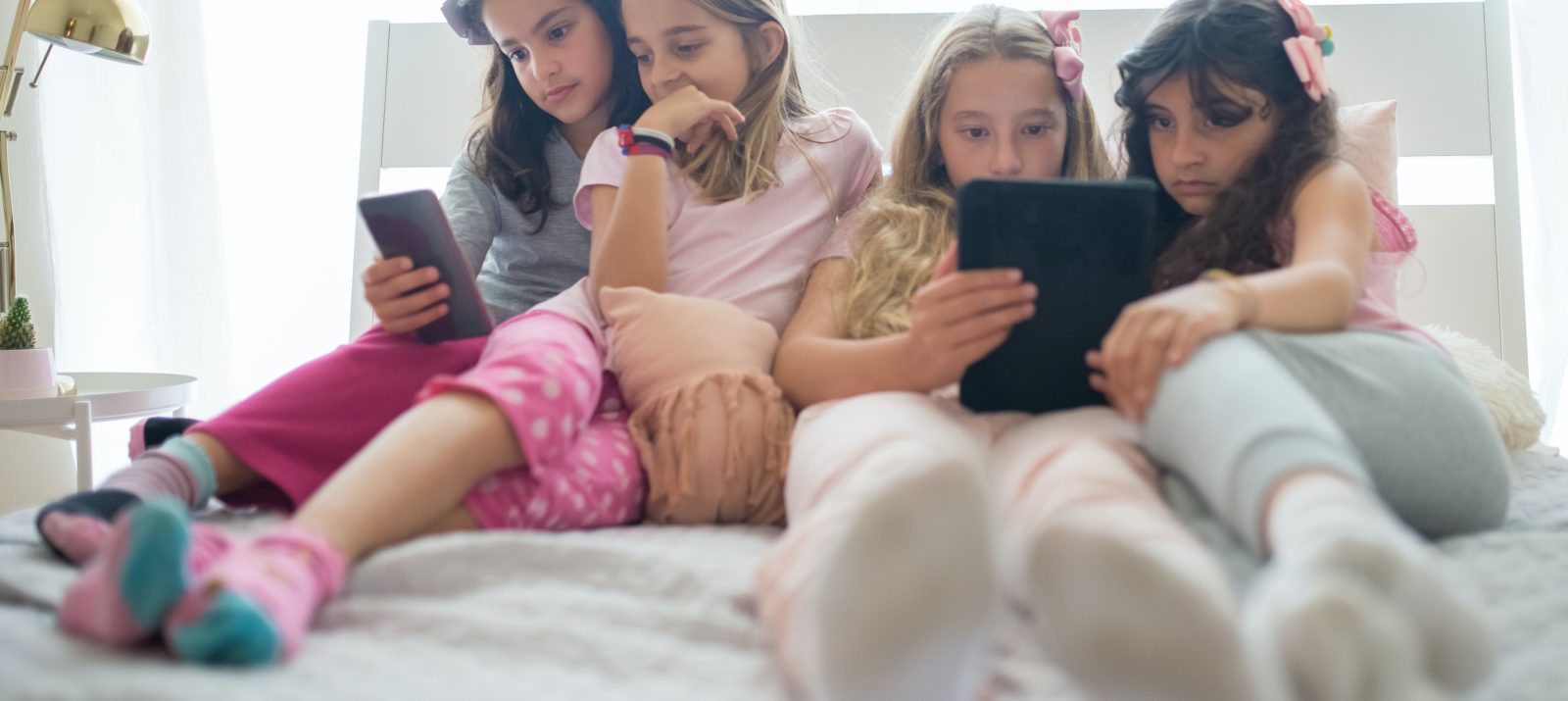
From the ice queen via Bibi and Tina directly into the living room of beauty influencers. If you look at what’s on offer in our media, it quickly becomes clear what girls like – or should like. From the first (pink) game phone to the Netflix -The content offered to young people is often heavily trimmed to gender stereotypes and leaves little room for nuances. But is that really what girls like? And how can you, as a parent, appropriately shape your daughter’s journey through the pink and light blue world of media?
XX or XY: Our gender is the first drawer we are usually put into before we are born. For many people, the sex they are assigned according to chromosome and primary sex organs fits. But not for everyone. Some, for example, are non-binary or trans. And even those who feel comfortable as girls or boys do not automatically want to be associated with all stereotypes. For parents and educators, therefore, the following applies regardless of media use: taking a close look and keeping an open mind are important in order to see and accompany children individually. That’s why we use the asterisk to girls* in this text – to show that every form of gender identity is meant.
More information on the topic of queerness can be found in the book “Was ist eigentlich dieses LGTBQI*?” (What is this LGTBQI*? ), which is suitable for children, and at Kindersache from the German Children ‘s Fund (DKHW), as well as at the Queer Lexicon.
When girls* and boys* begin to move in media worlds, gender seems to take on even more weight than it already does. Most children are interested in audio games and videos in kindergarten, discover the Internet during elementary school, and then also want a smartphone. In terms of content, however, girls* and boys* often move in two worlds. This is because girls* are specifically addressed differently by marketing than boys* and there are not many alternative offers. For example, girls* often use services that appear to be tailored to their gender identity. They watch Barbie and horse videos, read fairy stories, and later are more likely to watch casting shows or admire beauty influencers like Bibi .
The image that young girls* are presented with of the world is often colored by stereotypes and simplifications: Girls* naturally love pink, are interested in fashion and makeup, are portrayed as needy and are bad at math. Some girls* seem to love these very clichés (at least at times) – others may find it hard to find alternatives or bow to peer pressure in kindergarten and school.
Of course, not all alarm bells have to ring immediately if your daughter likes Arielle or Gabby’s Dollhouse. Female characters of all varieties are a way for young people to express their own identity. They use stereotypical figures to test their own gender images – and possibly even consciously distance themselves from them. At the same time, too many such identification figures can also lead to stereotypes becoming fixed in the mind and prevent children from forming their own independent gender identity. Therefore, look closely and observe how your child talks about the media content.
As parents, you are important companions on the path of individual development. You serve as role models yourself – in the way you live your own gender identity, but also through your media use. Reflect on how you yourself talk about girls* and boys* and reflect together with your daughter* on the images of girls in the media. Be an*open conversationalist with whom your daughter* can discuss preferences, questions, and even stereotypes. Offer alternative (media) opportunities for your child to try content that has a different focus.
If you are open to your child’s topics, questions and interests and you accompany him or her in a loving and non-judgmental way, you will help your child the most. Because this way, young girls* can search for and live their own identity without fear.